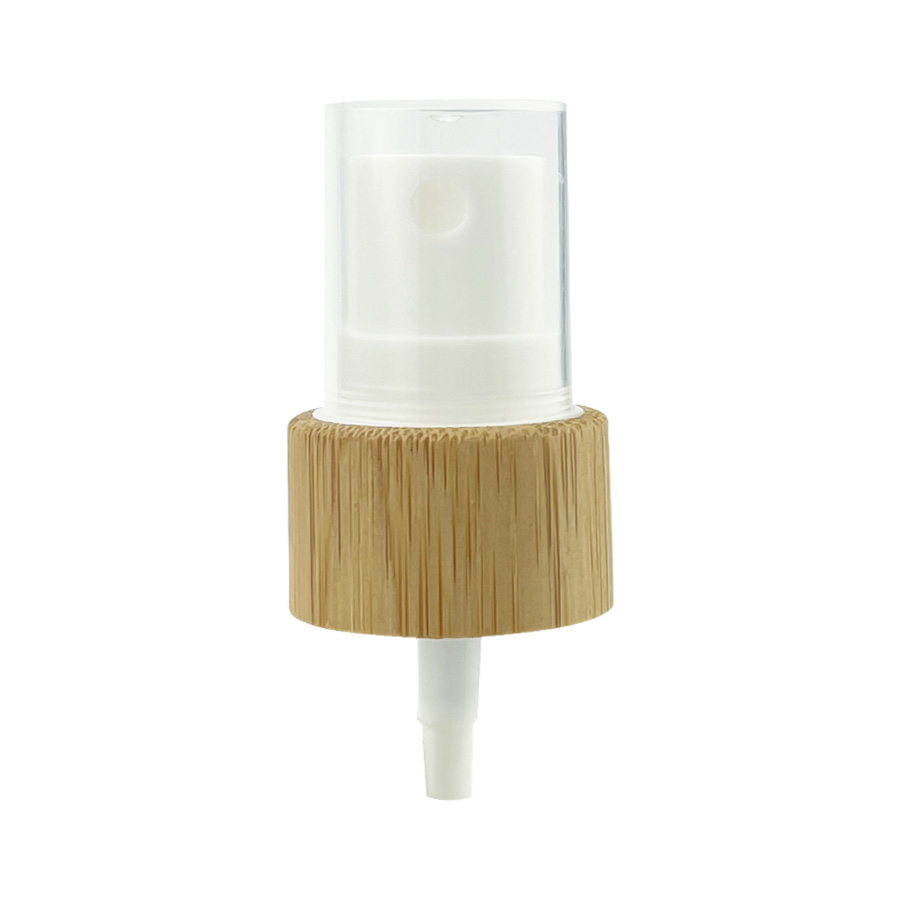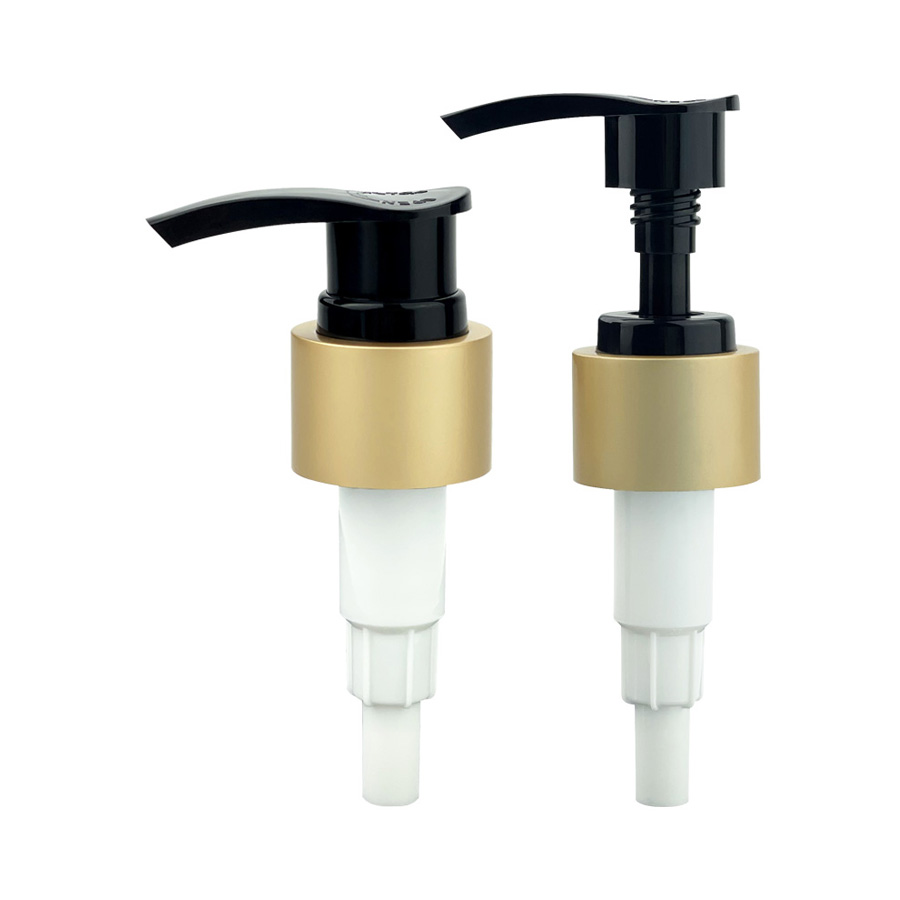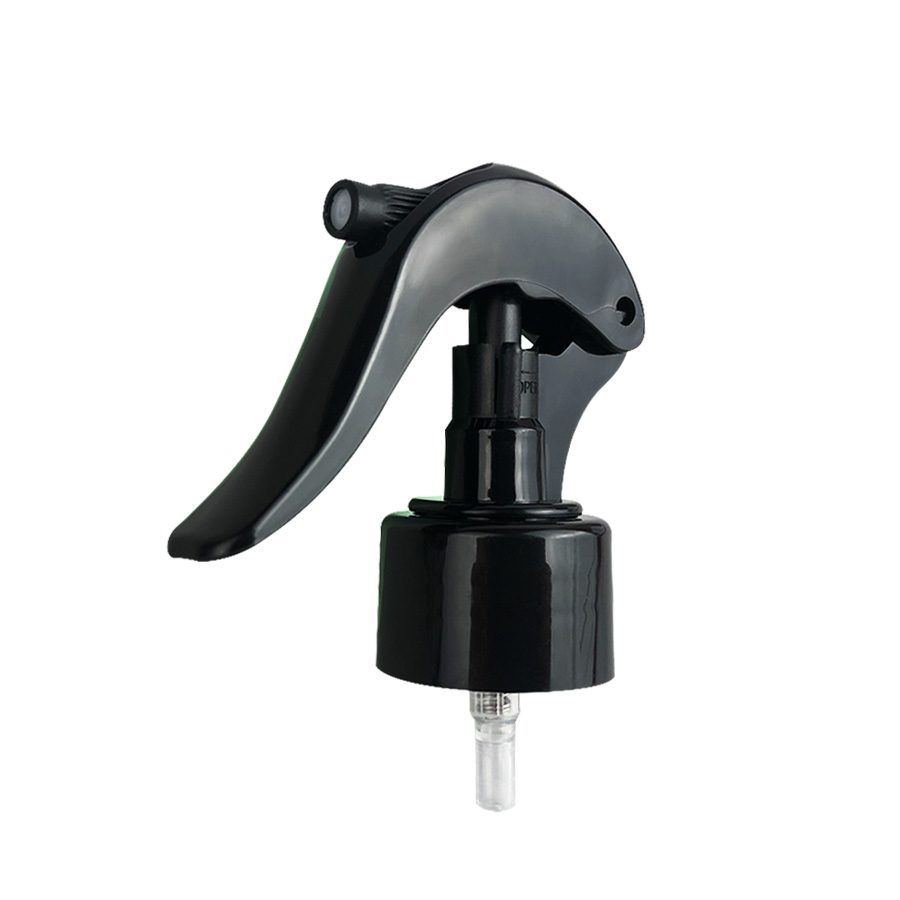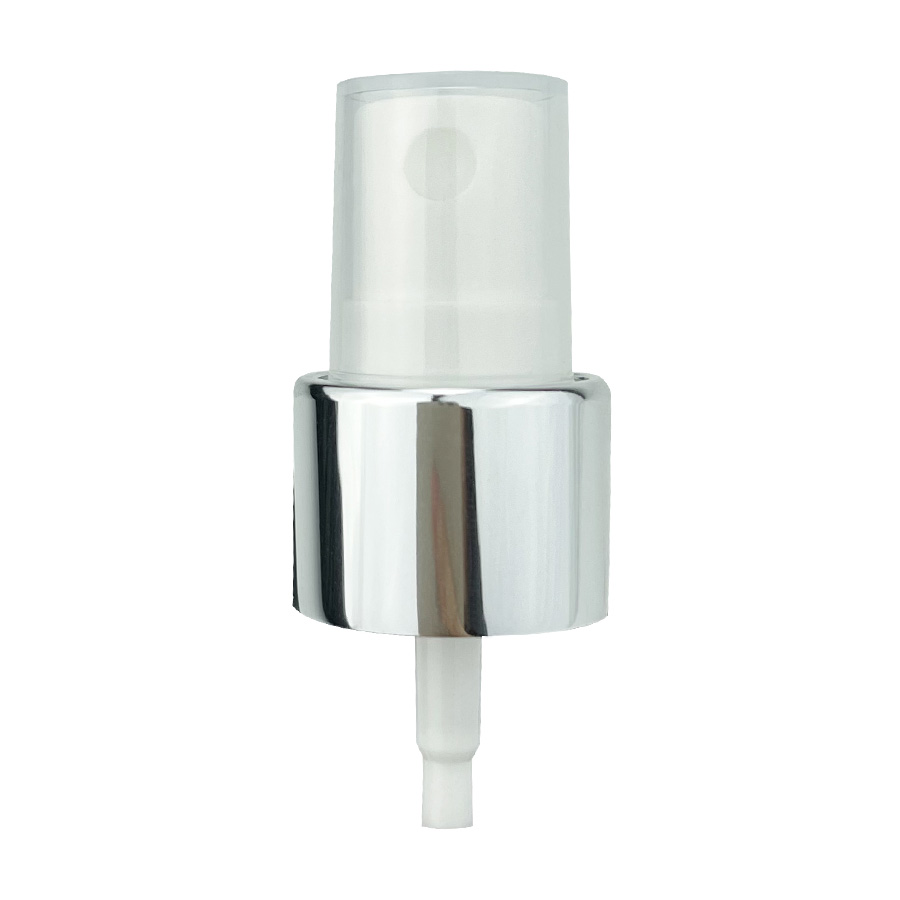First of all, from the design point of view, the nozzles of some fine mist sprayer have indeed adopted the anti clogging design. For example, the nozzle may be equipped with a filter screen or made of special materials to filter out impurities in the liquid and prevent clogging. In addition, the aperture and shape of the nozzle may also be optimized to reduce the risk of clogging. These designs typically improve the durability and effectiveness of the nozzle.
However, it is worth noting that even if the nozzle has an anti clogging design, it cannot completely avoid the occurrence of clogging. Because blockage problems are often related to multiple factors, such as water quality, frequency of use, maintenance, etc. If the water quality is poor, contains a large amount of impurities or particles, or if the nozzle is not used for a long time, it may cause dust and scaling, which may cause to blockage.
Therefore, users need to take a series of measures to prevent clogging in order to ensure that the nozzle of the fine mist sprayer remains unblocked for a long time. This includes regularly cleaning the nozzle, using a clean water source, and avoiding prolonged disuse of the nozzle. Meanwhile, during use, it is also necessary to observe the working status of the nozzle. Once blockage is found, it should be dealt with in a timely manner.
To sum up, the nozzle of the fine mist sprayer may have anti blocking function, but the specific effect depends on the design and application environment. To ensure the long-term unobstructed flow of the nozzle, users need to take corresponding preventive and maintenance measures.

 English
English 中文简体
中文简体
 EN
EN 












 Fine Mist Sprayer
Fine Mist Sprayer